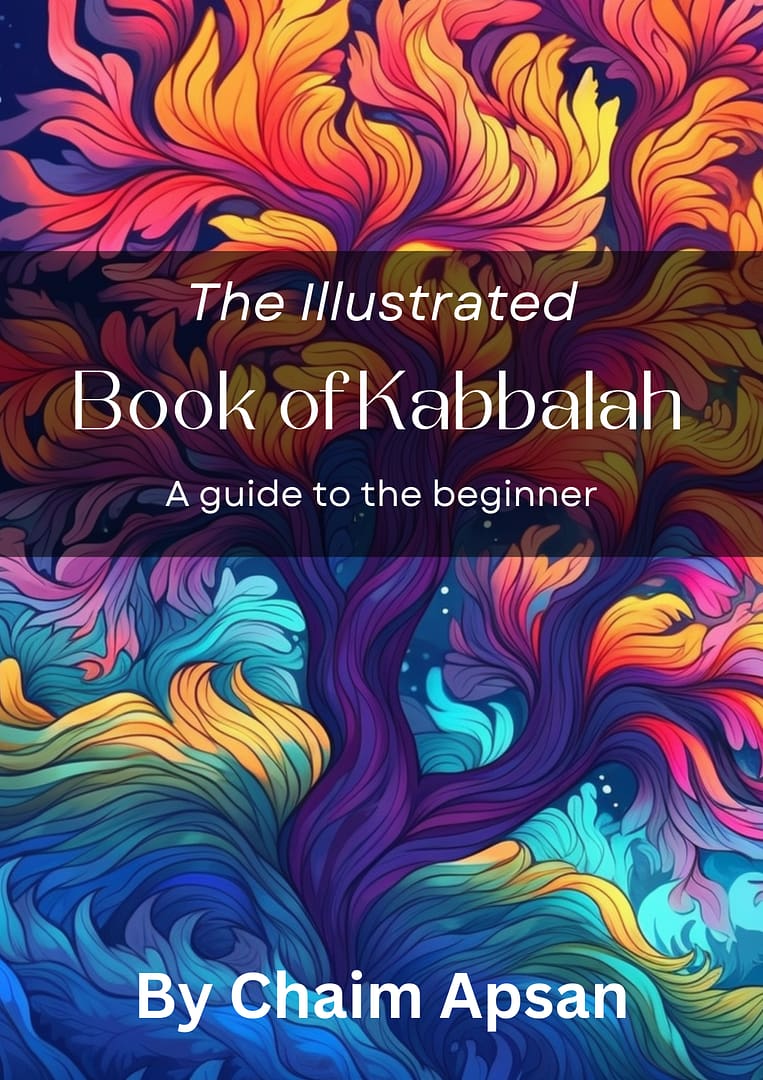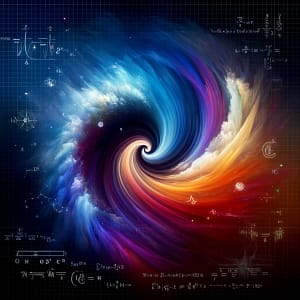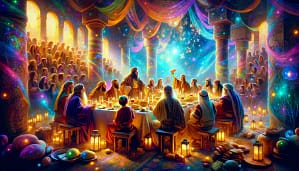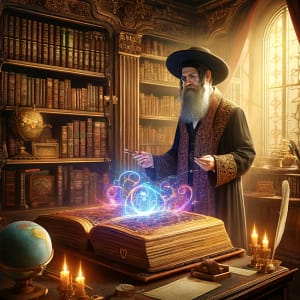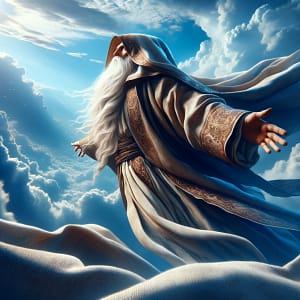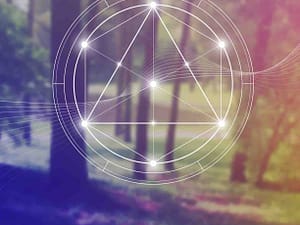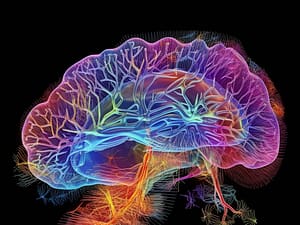Ok, I won’t write EXACTLY what’s happening because the Kabbalah we have nowadays is a Tzimtzum of what is actually happening, but here are a few ideas about the Avodah of Tikkun Chatzot.
Tikkun Chatzot, often translated as “Midnight Rectification” is a special set of prayers to be said after Chatzot (Halahic Midnight). It’s composed of 2 parts: Tikkun Rachel and Tikkun Leah. Because it has to be said between Chatzot and Netz (according to the Ben Ish Chai), and most people are sleeping, it’s a very difficult form of service, usually reserved for those who are more advanced.
Yet, Rebbe Nachman greatly emphasizes a Jew saying Tikkun Chatzot. Rabbi Chaim Vital also writes in Sha’ar HaKavanot that we should strive not to miss a single night, so precious that this time is.
So, what is Tikkun Chatzot all about from the perspective of Kabbalah?

On a Pshat level, we are mourning the Holy Temple. This is the time when Chazal says “Hashem mourns” and we join him. This is also a time when a tremendous illumination of Rachamim (compassion) comes to the world and the preferable period to use the supreme Yichud of the “13 strains of beard”.
The Sitra Achra, which was up until then getting stronger gets a massive pushback with the light of Chatzot and a great “Et Ratzon” (“time of [divine] grace”) is set into motion.
This is all explained in the Zohar and Kitvei Ari.
The Kabbalah of Tikkun Chatzot
The Arizal explains that the Shekhina (Malkhut of Atzilut) comes down to the spiritual worlds Beriyah, Yetzirah and Assiyah to help us lift up the sparks and vessels that fell in the breaking of the vessels, which happened with the light of the “Eyes of Adam Kadmon (A”K). This is all explained in Etz Chaim and Otzrot Chaim.
Whenever we do anything according to Halacha, we are lifting up these sparks to their source (in A”B and Sa”g of A”K), making the unification and bringing down the Mochin to rectify the corresponding Partzuf.

This should be obvious by now, but it’s worth repeating: Kabbalah and Halacha are one and the same. Kabbalah is merely the internal manifestation of Halacha, the external part.
The Partzuf of Malkhut has two main divisions: Yaakov and Rachel, and Leah and Rachel depending on which Avodah we are considering. The first element of the set is the higher part, while the second is the lower part. Technically, Leah is the Akhoraim of NH”Y (Netzach, Hod and Yesod) of Binah, but it’s often considered as part of Malkhut itself.
As the Arizal explains (in Sha’ar HaKavanot and Pri Etz Chaim), when we pray the Amidah of Shacharit and Mincha, we bring Mochin to Malkhut, in this case, Yaakov and Rachel. But they only stay there during the Tefilah itself. After that, they fly away and leave only a Reshimo (lasting impression).
This impression stays until nightfall, and that’s why night is a dangerous time of Dinim (Judgments). In a way, this explains why, during night time, people stay at home and don’t venture to go out, much less travel. We seek shelter because we are naturally more vulnerable. Thieves and other bandits also operate more at night.
On Chatzot, we begin considering Malkhut as Leah and Rachel. Because of our exile, Rachel goes down to the lower spiritual worlds of Beryah, Yetzirah and Assiyah and this is what is popularly termed “the fall of the Shekhina”, which is the source of our pain. We mourn the fact that “the Queen” was exiled from her palace in Atzilut, and has to help her children do their work of sifting the sparks and elevating them with the vessels back to Atzilut.
First Part of Tikkun Chatzot – Tikkun Rachel
The first part of the Tikkun includes Vidui (confessional prayers) and lamentations over the destruction of Jerusalem. It might not look like it for those living in Israel, but Jerusalem IS destroyed.
There are many dirges and lamentations that were composed throughout the centuries and also the last chapter of the book of Eicha (Lamentations), which ends in a hopeful tone that Jerusalem will be rebuilt.
Whenever Tachanun is not said (like Rosh Chodesh), Tikkun Rachel is also not said.
Second Part of Tikkun Chatzot – Tikkun Leah
Tikkun Leah consists of a series of Tehilim that evoke Teshuva and longing for Hashem. In this part, we begin to lift our lament and look more hopeful toward the future and some people have the custom to sit normally, instead of on the floor as they’ve been doing thus far.
It also ends with a prayer for the rebuilding of Jerusalem and that we should merit to “be planted” in our holy land.
Other fascinating insights
Because Chatzot is such a precious time, all Limud Torah, prayers and Yichudim are much more valuable than a regular weekday. Tzadikim try their best to make the most out of this time and usually compensate for the lack of sleep at night during the day.
While Tikkun Chatzot can be done anytime after Halachic Midnight, the Holy Rabbi Shalom Sharabi (the Rashas’h) ruled that one should make the utmost effort not to pass the midnight point while asleep. This is very important.
The reason from the Zohar, which states that one who passes the Halachic Midnight while asleep tastes from the Tree of Death and the Sitra Achra gets a strong grasp on his soul. Rabbi Shalom Sharabi adds that “most of a person’s problems in life are due to the fact that they pass the point of Chatzot while sleeping”. He himself would never sleep before midnight, only afterward and during the day to compensate.

Many holy Jews that follow the Rashas’h then do the following Seder:
- Sleep until just before Midnight (or not sleep at all)
- Do Birkot HaShachar, because according to Kabbalah we can already do them from Midnight
- Do Tikkun Chatzot – First Tikkun Rachel and then Tikkun Leah (or whatever you can do)
- Do Yichudim or Study whatever you can
- Wake up for Netz
After the Birkot HaShachar have been said, one can technically speaking go to sleep because the Sitra Achra cannot touch his soul anymore.
This is of course a very advanced, taxing and difficult Seder to fulfil everything.
But such is the path towards shleimut in Avodat Hashem.

